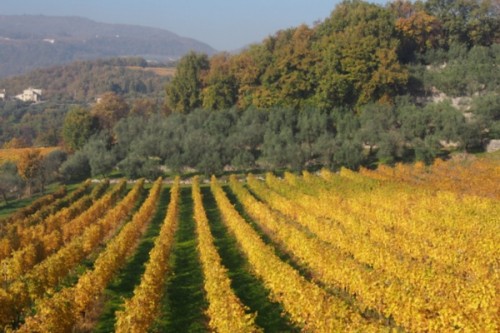
I’m in the Veneto, in northern Italy for a couple of days. First stop was Masi. They are specialists in Amarone, and we got to see the grapes – Corvina, Rondinella and Molinari, as well as rediscovered grape Oseleta – drying in bamboo racks. This is the process of appassimento.
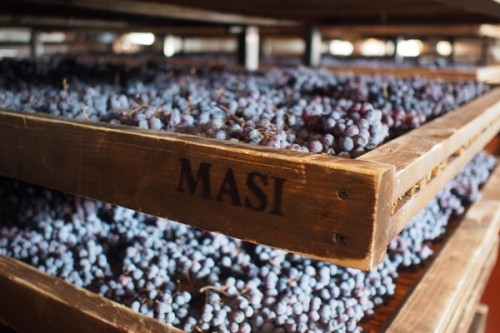
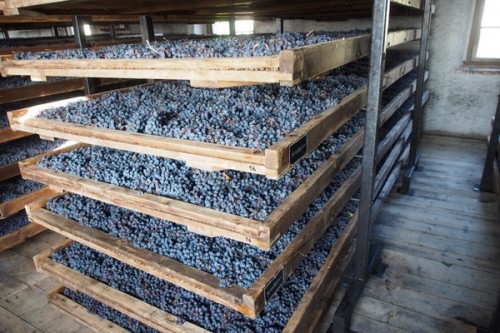
Masi has 15 drying lofts, including an experimental, computer controlled on at the winery, where their Technical Group has done a lot of research on the drying process. The grapes spend 120 days on these racks (Masi uses only bamboo). Typically, they’d be picked at 12% potential alcohol with 5.5-6 g/l of acid and a pH of around 3.3. After the drying process they will have lost 30-40% of their weight, and the acidity and sugar are conserved. So by fermentation time they will be at 16.5% potential alcohol with 6-6.3 g/l acid and a pH of around 3.5. Three kilos of fresh grapes are needed to make one bottle of Amarone.
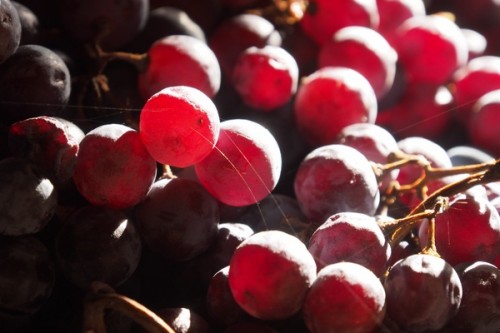
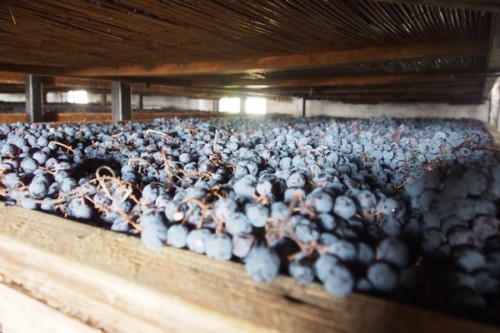
It was great to spend some time with the fab Sandro Boscaini, head of Masi. ‘2015 is my 50th vintage,’ he says, ‘and it will be one of the top vintages. It’s fantastic because of the quality of the grapes, with no disease at all.’ The grapes drying on the racks certainly look beautiful.
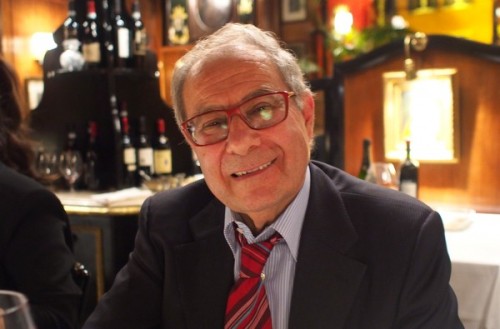
Masi could dry as much as 65% of their grapes, but they are led by the market, and dry around half of them. Sandro says that the reputation of Amarone is under threat because of low quality products, made from vineyards outside the classico zone. ‘This year there will be 18-19 million bottles of Amarone made, when the market is 13 million,’ he says. Just 6 million of these come from the classical vineyards. ‘Amarone is in danger of having its reputation damaged. The cooperatives never made Amarone in the past. They jumped on the bandwagon 10 years ago.’
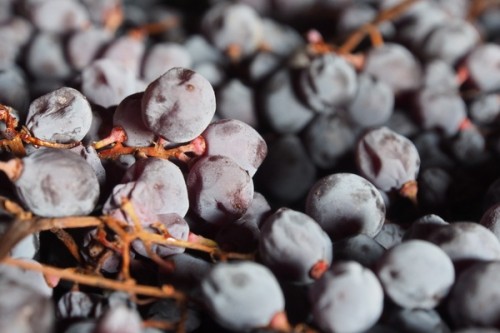
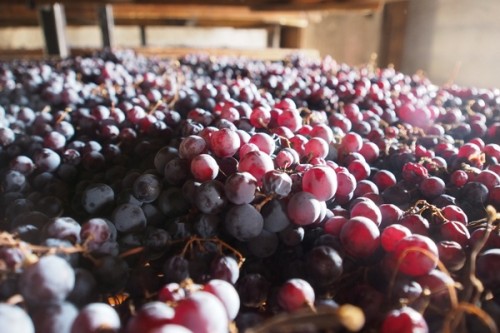
Six years ago, 12 companines including Masi decided to do something together in reaction to the low quality Amarones that were flooding the market. The group, called Famiglie dell’Amarone, wanted to defend historic Amarone, by introducing tighter quality guidelines.

They ended up getting taken to court by the Consorzio, in an action that commenced a couple of months ago. The Consorzio were unhappy that the Famiglie were describing their Amarones as better. ‘I’m paying to take my self to court,’ says Sandro. ‘I’m not afraid for me; I’m afraid for Amarone.’
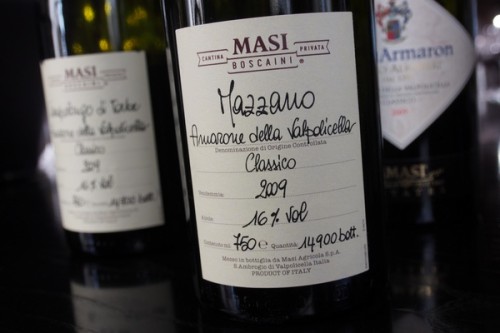
We had an extensive tasting of Amarone, and also a vertical of Campofiorin (1985 and 1988 had aged beautifully, which is remarkable for such an inexpensive wine – around £12 in the UK). These are interesting, distinctive wines, combining complexity, concentration, fruit intensity and a lovely rounded texture. They also age very well.
1 Comment on In the Veneto watching grapes dry
At one time I had Amarone from 15 producers in my cellar.